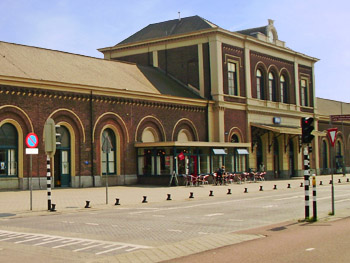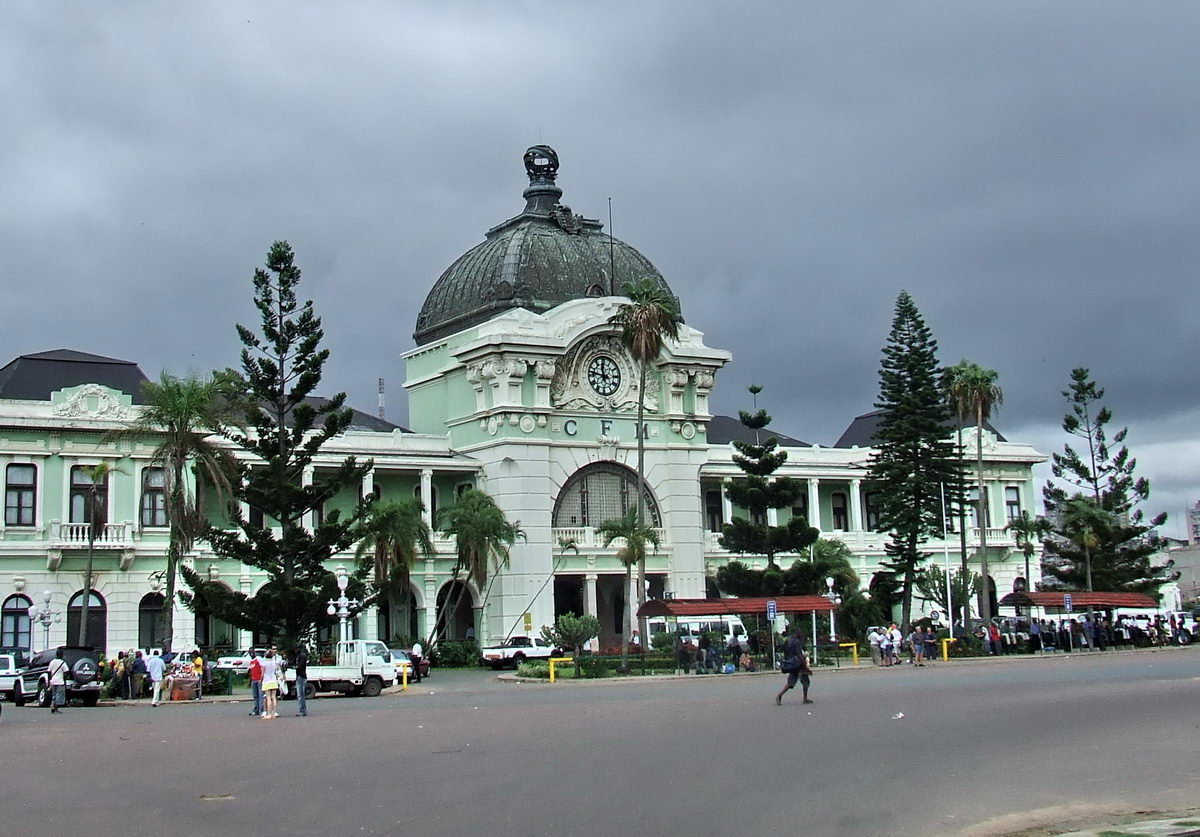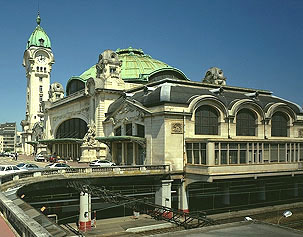Antwerp
On the 7th of March we started our research by visiting Antwerp. Arriving in Antwerp we had one mission which was divided up into three locations. Our mission was to investigate how the area around the Central Station has changed ever since the renewal of the Central Station.
The three locations around the central station which we looked at were the Klevitwijk, the Keyserlei and the Athenemeumbuurt.
We started our investigation at the central station. It was clearly noticeable that the Central station was supposed to emit a relaxing atmosphere. There were coffee shops and lunchrooms available inside the station. Further away from the central hall there was the Diamond Gallery filled with tiny jewelry shops. Our first impression was that the central station (at around 11:00) was very quiet.
Our second location was the Klevitwijk. Our impression of this area was that the Klevitwijk seemed to have no connection with the central station. The buildings had a different expression compared massive train station. While walking through the area we stumbled upon the Kievetsnest. The Kievetsnest occupied the Provincial church in order to stop it from being demolished. When we looked further into the activities of the Kievetsnest, we saw that they have slowed down the process of renovation. On our way back, we did see that one block office buildings rose from the ground.
The third location was the Athenemeumbuurt. Before arriving in this area, we passed through a street of Casinos and an Asian street. It quickly became clear to us that this was Antwerp’s multicultural district. Arriving at the Coninckplein, the first building which stood out from the other buildings was a public library called Permeke. It was only until after we left the library that we saw how useful a library actually was. Inside the library a man, Klaas van Gorp, was able to help us extremely well with all the questions we had about the library and the area around it. In short it was possible to conclude that the library had a very positive effect on the neighborhood.
 The Keyserlei was the fourth and last location we visited. There was nothing much to see yet, since it was still under construction. We were however informed that the Keyserlei would turn into a car-free zone, making it friendlier for all the people coming out of the Central station. The Keyserlei will eventually connect with the Operaplein, where it will also turn into pedestrian-zone.
The Keyserlei was the fourth and last location we visited. There was nothing much to see yet, since it was still under construction. We were however informed that the Keyserlei would turn into a car-free zone, making it friendlier for all the people coming out of the Central station. The Keyserlei will eventually connect with the Operaplein, where it will also turn into pedestrian-zone.
In conclusion, our day was very successful. We received information from locals who we able to give us a better view of the past, and we were able to speak with Klaas van Gorp who researched the library and the area, and Tom Vinck, who was part of the city designing team of the municipality.
We were also tipped by the library that the book Centraal Station Spoorwegkathedraal by Stan Wagemans would be a really helpful book which could give us a lot of information.
http://zeelandboeken.pzc.wegenerwordpress.nl/geschiedenis/centraal-station-spoorwegkathedraal/












